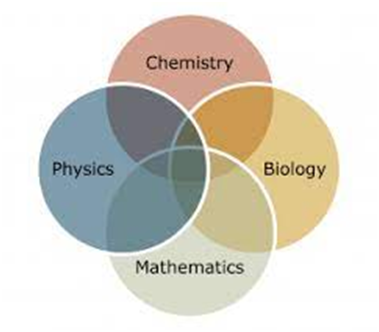Concept
of Allele
An allele is an
alternative form of a gene (one member of a pair) that is located at a specific
position on a specific chromosome. These DNA codings determine distinct traits
that can be passed on from parents to offspring through sexual reproduction. The
process by which alleles are transmitted was discovered by Gregor Mendel and
formulated in what is known as Mendel’s law of segregation
Examples
of Dominant and Recessive Alleles
Diploid organisms typically have two alleles for a
trait.
When allele pairs are the same, they are homozygous. When
the alleles of a pair are heterozygous, the phenotype of one trait may be
dominant and the other recessive. The dominant allele is expressed and the recessive
allele is masked. This is known as complete dominance. In heterozygous
relationships where neither allele is dominant but both are completely
expressed, the alleles are considered to be co-dominant. Co-dominance is
exemplified in AB blood type inheritance. When one allele is not completely
dominant over the other, the alleles are said to express incomplete dominance. Incompletes
dominance is exhibited in pink flower color inheritance in tulips.
Multiple
Alleles
While most genes exist
in two allele forms, some have multiple alleles for a trait. A common example
of this in humans is ABO blood type. Human blood type is determined by the
presence or absence of certain identifiers, called antigens, on the surface of
red blood cells.
Individuals
with blood type A have A antigens on blood cell surfaces, those with type B
have B antigens, and those with type O have no antigens. ABO blood types exist
as three alleles, which are represented as (IA, IB, IO).
These multiple alleles are passed from parent to offspring such that one allele
is inherited from each parent.
There are four
phenotypes (A, B, AB, or O) and six possible genotypes for human ABO blood
groups.
S. No. Blood
groups Genotype
|
1 2 3 4 |
A B AB O |
(IA, IA)
or (IA, IO) (IB, IB)
or (IB, IO) (IA, IB) (IO, IO) |
The alleles IA
and IB are dominant to the recessive IO allele. In blood
type AB, the IA and IB alleles are co-dominant as both
phenotypes are expressed. The O blood type is homozygous recessive containing two
IO alleles.





0 Comments